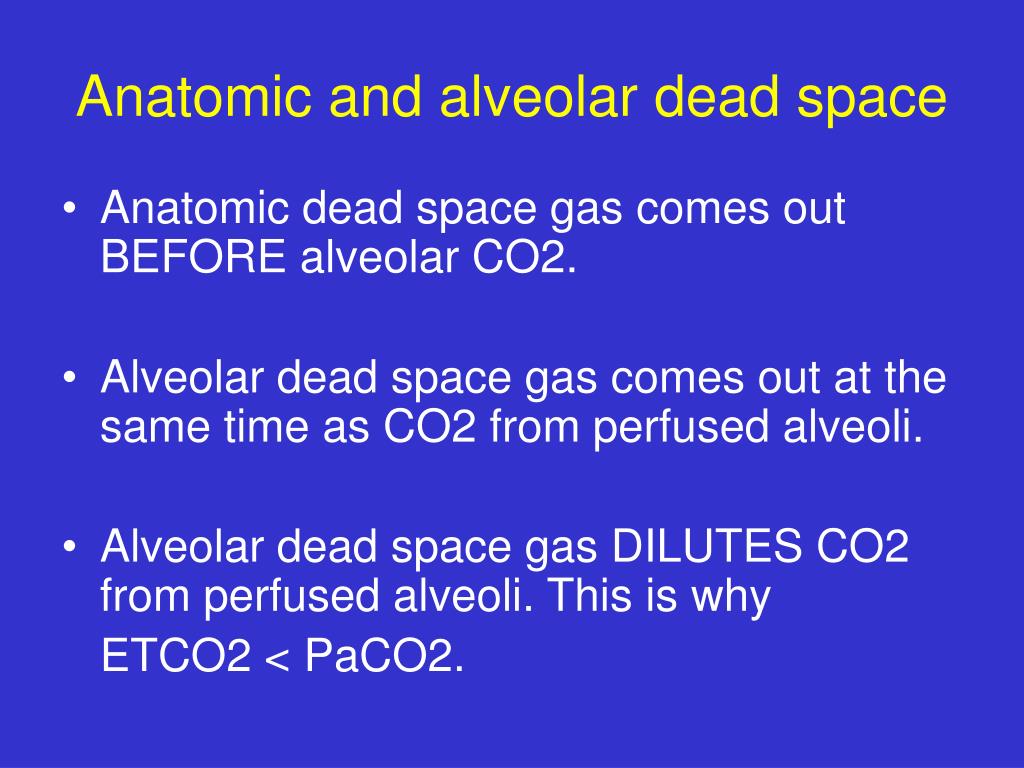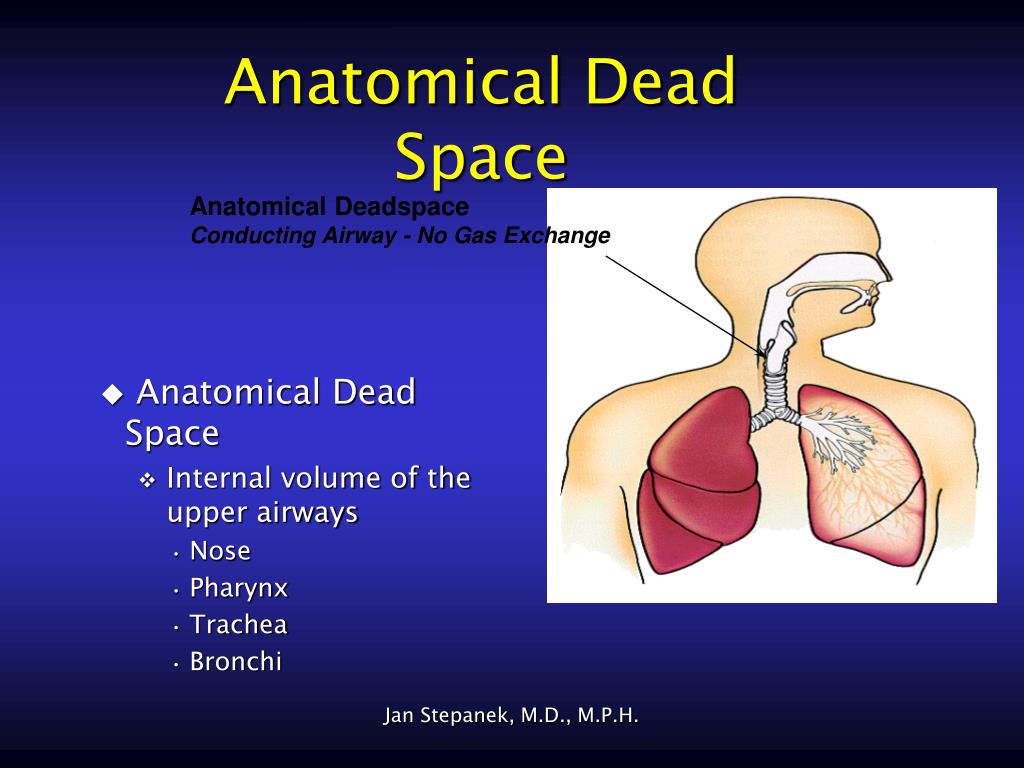

The right bronchus becomes larger than the left. Arrows indicate flow of fluid from the esophagus to the trachea.Īs the laryngotracheal tube continues to elongate, the lung bud divides into two bronchial buds, which become the bronchi and the right and left lungs. D, A double opening from two unconnected ends of the esophagus. C, An opening from an esophageal pouch into the trachea. B, A common opening between the trachea and esophagus. A, The most common type, with complete atresia (blind pouch) of the esophagus. 1įIGURE 21-1 Four primary types of tracheoesophageal fistulas.

Parts B through D show variations of tracheoesophageal fistulas. Approximately 90% of the cases of esophageal atresia (blind pouch) are of the type seen in Figure 21-1, A.

This abnormality occurs about once in every 2500 births. Failure of this septum to develop leads to a tracheoesophageal fistula (abnormal opening), leaving a communication between the esophagus and the trachea. Then longitudinal ridges begin to develop along the tube and form a septum (wall), which separates the esophagus from the trachea. Initially, the laryngotracheal diverticulum includes the esophagus and the trachea as a single tube. An understanding of the anatomy and physiology of pulmonary gas exchange is necessary for learning about the pathophysiologic processes that follow. Problems with any of these three processes can result in hypoxemia (low arterial oxygen concentration) or hypercarbia (high arterial carbon dioxide concentration). For effective gas exchange to occur, the processes of ventilation, perfusion, and diffusion must occur simultaneously at the alveolar-capillary interface. The exchange of these gases takes place at the alveolar-capillary membrane. Oxygen is transported to the body tissues, and carbon dioxide, a waste product, is transported out of the body. The primary function of the lungs is gas exchange. Glossary (with audio pronunciations for selected terms).Hypoventilation and Hyperventilation, 467Īlterations in Pulmonary Vasculature, 469 Diffusion and Transport of Respiratory Gases, 464


 0 kommentar(er)
0 kommentar(er)
